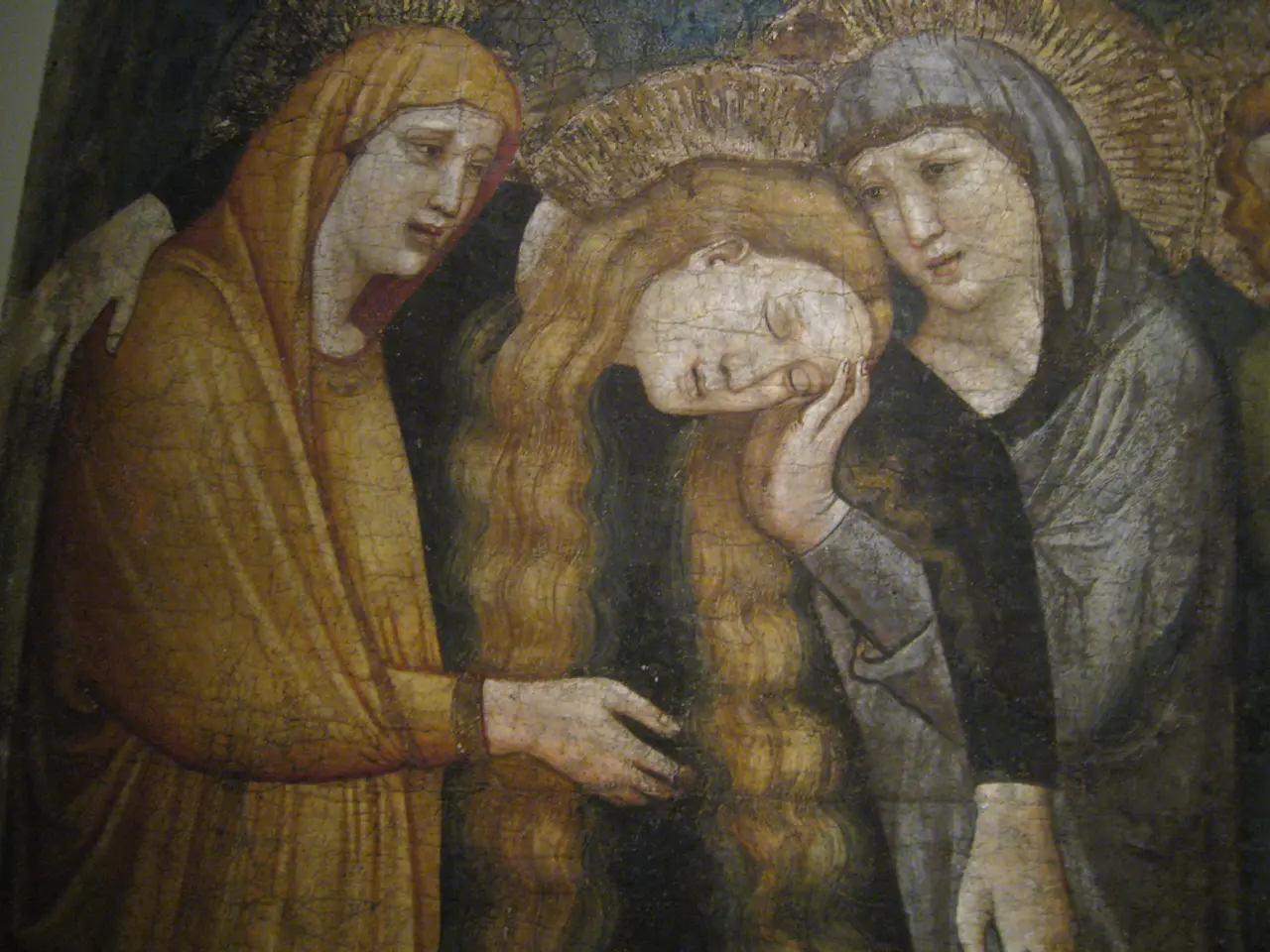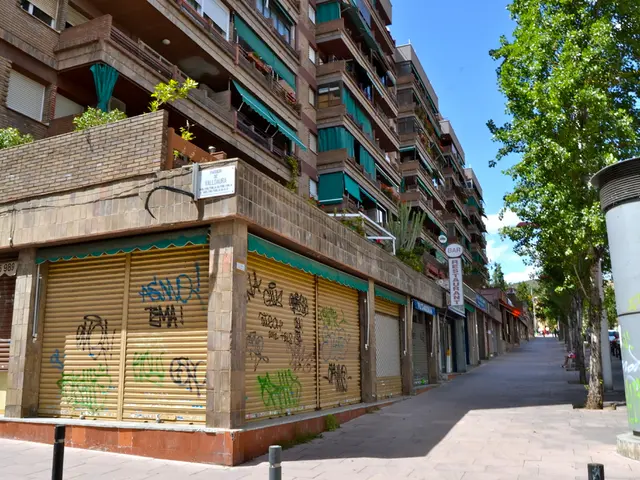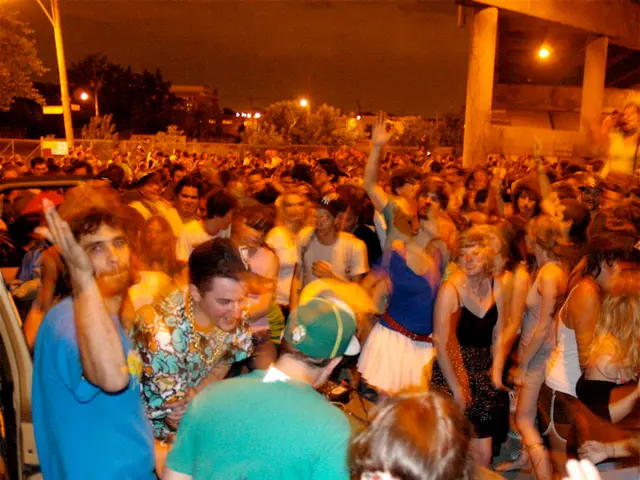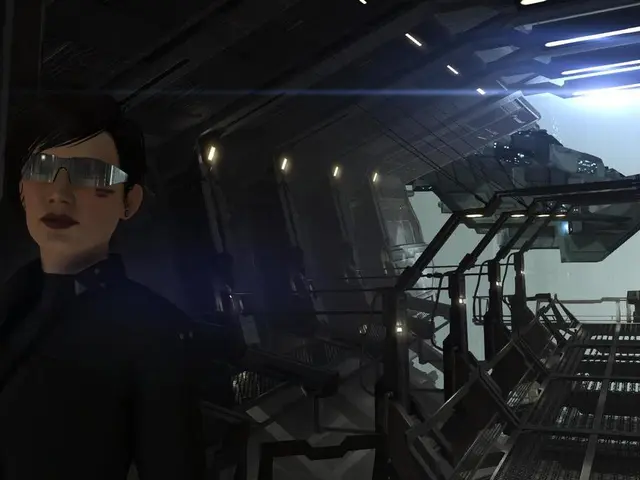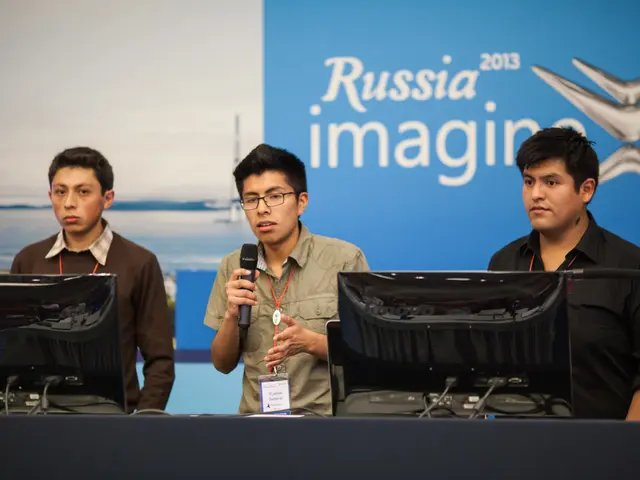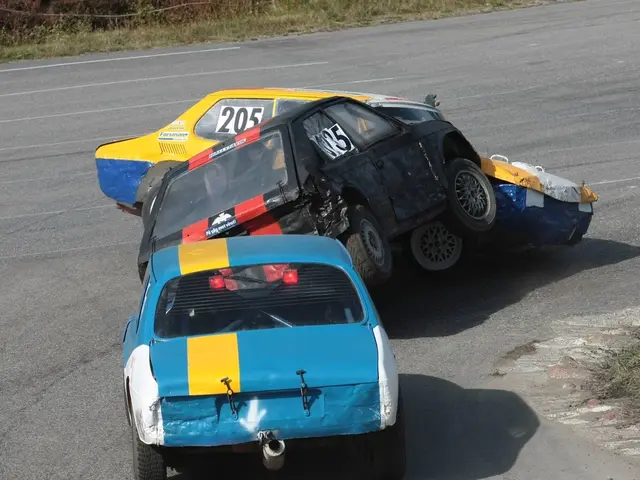In the core of Eurasia, art influences the power distribution
In the heart of Eurasia, a cultural renaissance is underway. After decades of marginalization, Central Asia is experiencing a resurgence in contemporary art, marking a significant moment in the global artistic landscape.
The emergence of this vibrant art scene is marked by the flourishing of dynamic cultural initiatives, the establishment of dedicated contemporary art institutions, and the rise of influential artists who bridge traditional heritage with modern expressions. One such initiative is the "Recipes for Broken Hearts" Biennale, set to take place in Bukhara, Uzbekistan, from September 5 to November 20, 2023.
This ten-week event, unfolding in recently restored historic locations within a new cultural district, will feature participation from Uzbek artists, chefs, and designers, as well as international artists such as Laila Gohar, Subodh Gupta, Carsten Höller, Jeong Kwan, Elena Reygadas, and Tavares Strachan. The biennale aims to preserve the city's heritage and create new opportunities for future generations.
The "Recipes for Broken Hearts" Biennale is just one example of the cultural movement taking place in Central Asia. In Bukhara, Uzbekistan, this will be the first art biennale, signifying a significant step forward in the region's artistic journey.
The Almaty Museum of Arts, set to open in Almaty, Kazakhstan in September 2023, is another pivotal cultural milestone. Meanwhile, the Centre for Contemporary Arts Tashkent, opening in September 2025, will foster dialogue and showcase contemporary art in Uzbekistan’s capital, acting as a bridge from the past to the future in Central Asian art.
In Kazakhstan and Kyrgyzstan, several multimedia projects launched between 2020 and 2021 have engaged audiences interactively, merging art, technology, and cultural heritage. These initiatives reflect a critical engagement with both local culture and global contemporary art forms.
Artists in Central Asia are addressing themes that are relevant to their unique cultural and historical context. The region’s contemporary art is characterized by a dialogue between tradition and modernity, often employing multimedia and interdisciplinary approaches to explore identity and cultural roots.
In contrast, East Asian contemporary art features artists like Cho Sung Hee and Yayoi Kusama, who integrate local materials and cultural motifs into innovative contemporary forms, offering a regional context for Central Asia’s artistic evolution.
The rise of art centers such as Tashkent’s and multimedia cultural projects indicates an increasing investment in creative infrastructure, facilitating both local expression and international cultural exchange. Central Asian contemporary art is gaining visibility on the global stage, intersecting with broader Asian contemporary art movements that emphasize heritage, identity, and experimental media.
In the absence of a structured market, art in Central Asia serves as an instrument for resistance, research, and liberation. The art being created in Central Asia is contributing to a new cultural geography in the region.
The reemergence of contemporary art in Central Asia is taking place in a context that lacks a well-structured market. However, this does not deter the artists and institutions driving this cultural movement. Instead, it presents an opportunity for them to forge their unique path, distinct from the global art scene due to its historical and cultural background.
The "Recipes for Broken Hearts" Biennale will feature new site-specific art commissions and a live events program. Artists from the region are redefining the visual language of the present, focusing on themes like identity, post-Soviet memory, ecology, and social transformation.
The Tselinny Center, a new art space, opened in Almaty, Kazakhstan in May 2023, marking a renewed cultural interest in the country's economic capital. Central Asia, including Kyrgyzstan, Kazakhstan, Tajikistan, and Uzbekistan, is experiencing a resurgence in contemporary art, positioning Central Asia as an emerging node in the global contemporary art network, deeply informed by its historical layers yet oriented towards future dialogues.
- The "Recipes for Broken Hearts" Biennale, taking place in Bukhara, Uzbekistan, from September 5 to November 20, 2023, is an example of Central Asia's vibrant lifestyle, blending traditional heritage with modern expressions in travel-worthy cultural events.
- Central Asian contemporary travel experiences are being enriched by the reemergence of art, as new cultural initiatives, institutions, and events like the Almaty Museum of Arts and the "Recipes for Broken Hearts" Biennale, are shaping the lifestyle of the region with a focus on heritage, identity, and experimental media.
